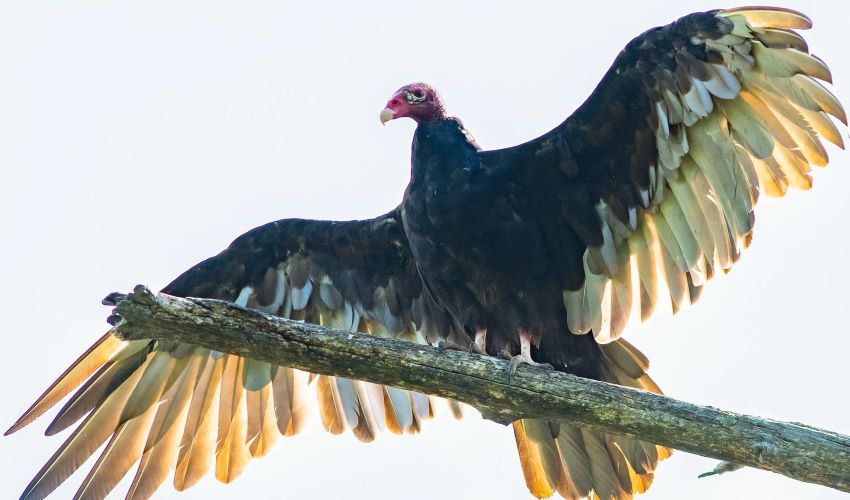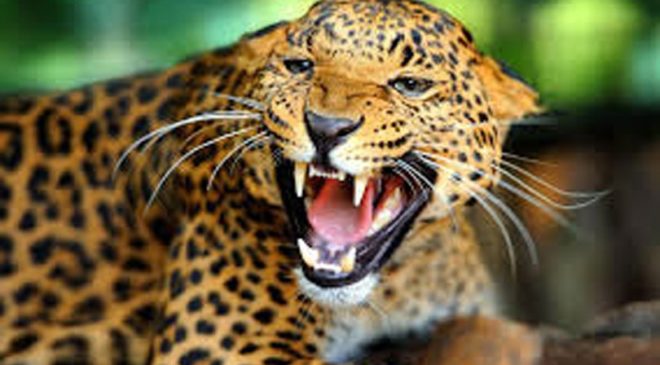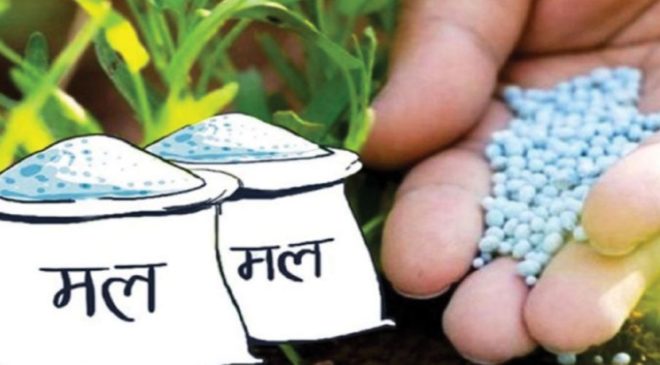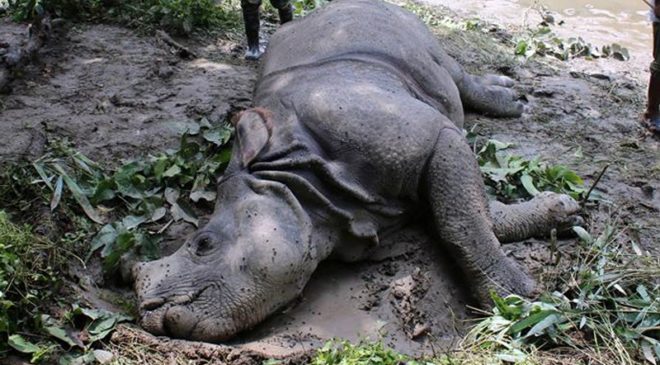28 December, Kathmandu: Until ten-fifteen years ago, vultures used to live near high simal trees and village houses to feed on dead livestock.
Bhola Gupta, a bird lover of Lumbini Cultural Municipality-9 Mahilwar, said that due to systematic disposal of carcasses the vultures started disappearing as it affected their food supply.
Vulture is an endangered bird that is considered very important for biodiversity and environment. It plays a role in making the environment pollution-free, odor-free and disease-free by eating dead-animals and discarded meat. It is also the conductor of ecological cycles, the balance and dynamics of the eternal food chain.
“A few years ago, the vultures used to come and eat the flesh of dead animals (sino) within half an hour of throwing it”, Gupta said.
If sino is not cleaned in time, the number of dogs, crows, foxes and rats increases. As a result, diseases such as cholera, dysentery, diarrhea, rabies, and plague in humans as well as anthrax, brucellosis and tuberculosis in cattle can become epidemic. The vulture, which is also associated with religious and cultural beliefs, is worshiped as the holy animal of Lord Shani. The Lama community living in the upper Himalayas of Nepal worships the vulture as a messenger to take the souls of the dead to heaven.
Hindu Parishad Nepal spokesperson and Pandit Omkar Pandey of Lumbini Cultural Municipality-3 said that the decrease in the number of vultures is a matter of concern. He said, “Protection of vultures is our responsibility.”
Veterinarian Ashok Bhandari said that the non-steroidal anti-inflammatory drug diclofenac is the main reason for the decline in the number of vultures from the research conducted in Nepal, India and Pakistan.
“Diclofenac is used as a medicine for many types of pain and inflammation in both humans and animals”, he said, “It has been found that when vultures eat cattle treated with diclofenac, their kidneys fail due to its effects and they die.”
Dr. Bhandari said, ‘Recent research has shown that drugs including flunixin, carprofen, nimusulide, aciclofenac, ketoprofen and phenibutazone are toxic to vultures.’ Dr. Bhandari said that Meloxicam, and Tolfenamic acid, which are safe alternatives should be used to save vultures and other animals.
The government has banned the use, production, import and sale of diclofenac in animal treatment since 23rd May 2063. When humans put poison in the cynomoles targeting other animals and unscientifically extended electric wires etc., the small number of living large vultures are also in danger.
Ornithologist Bhupal Nepali said that it is necessary to protect vultures for environmental protection. ‘Until now, there are 23 species of vultures in the world and nine species are found in South Asia,” he said.
He said, “Among the nine species of vultures in Nepal, Dangar, small gray, golden and long-billed vultures are on the IUCN list as critically endangered, while the white, Himalayan, Raj and Hadfor vultures are endangered and the gray vulture are least concern.”
Due to deforestation and industrial pollution and depletion of water bodies, not only vultures, but 149 species of birds found in Nepal out of 890 species are listed as endangered birds.
For the protection and promotion of vultures, a vulture breeding center (artificial hatching place) has been established in Kasara, Chitwan in 2065 with the support of Nepal Bird Association, Nature Conservation Fund, Chinari’s technical side and donor agencies. The main objective of this project is to resettle the vultures reared in this center in a safe natural environment.








